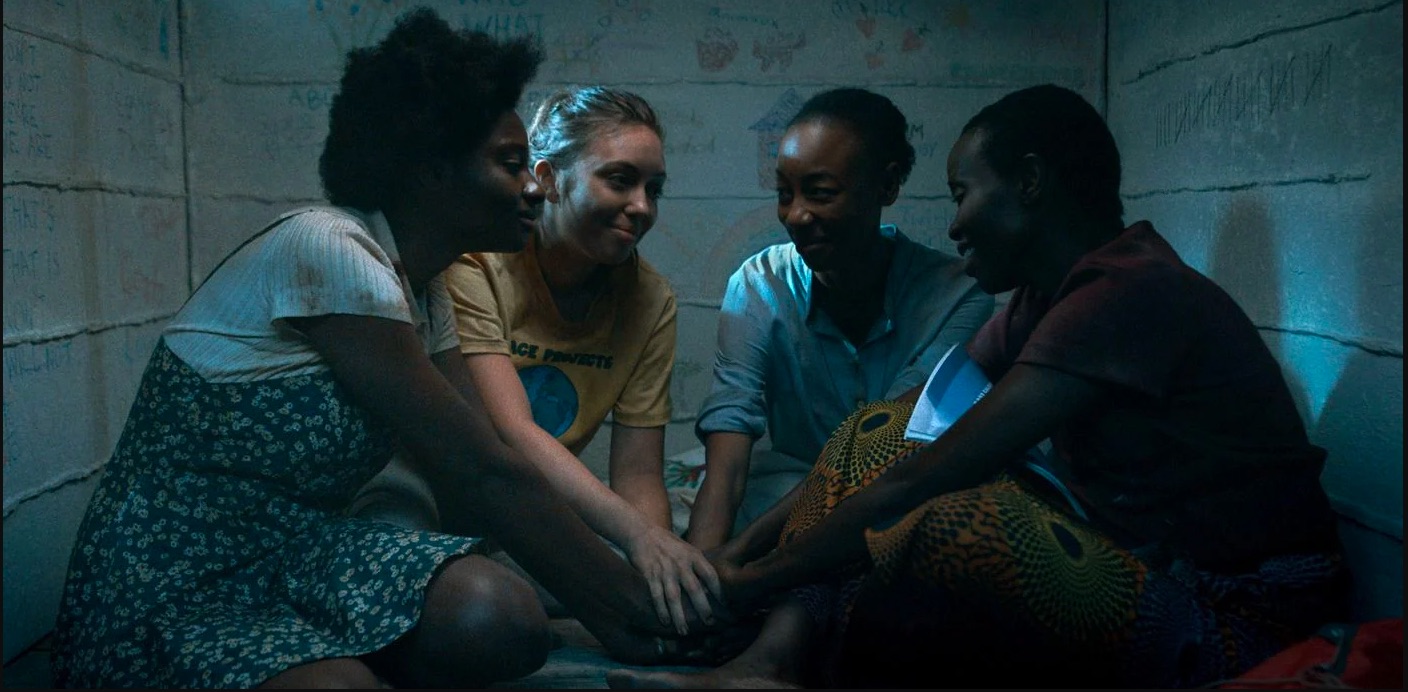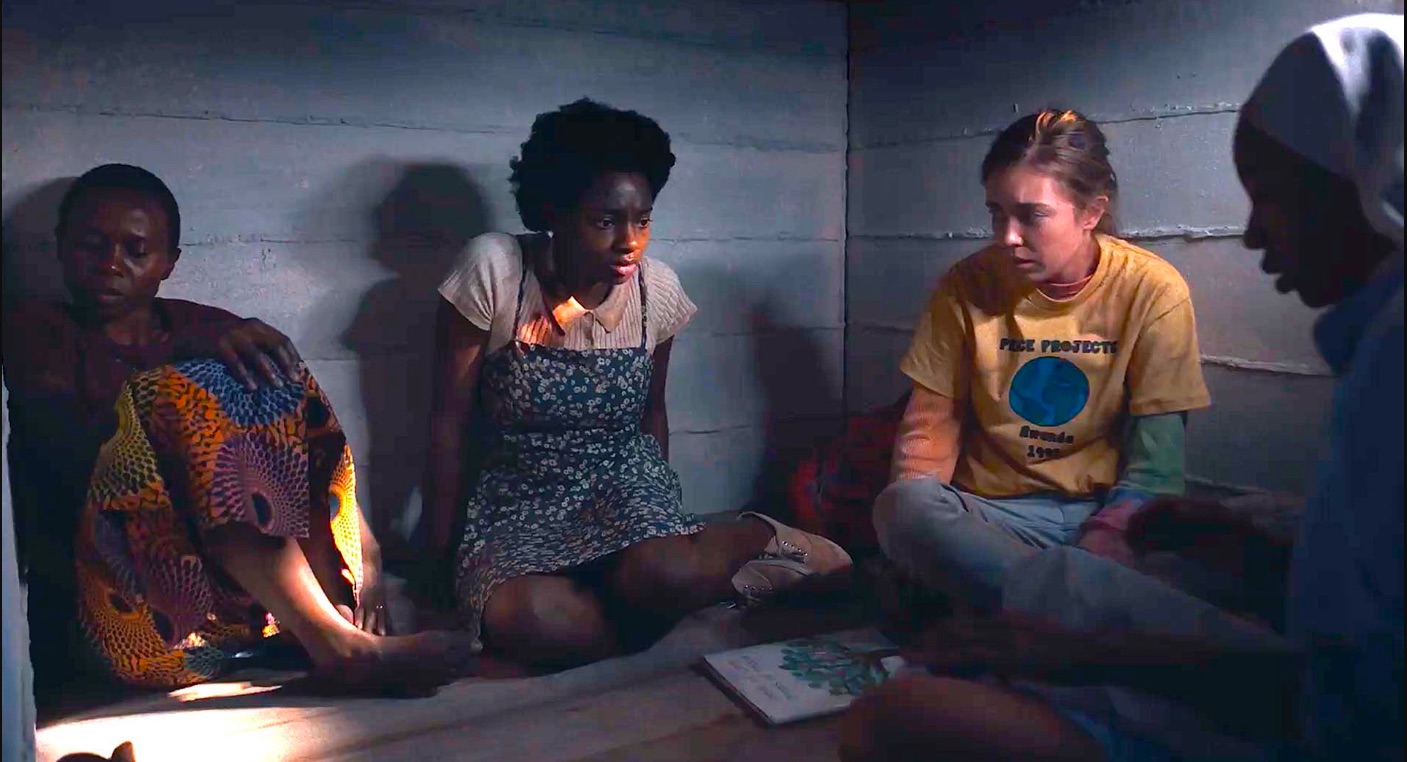Netflix’s ‘Trees of Peace’ follows four women who bond with each other over the shared situation of being on the brink of death. Set in the year 1994, the story takes place during the Rwandan genocide. To save themselves from being killed, four women from different backgrounds hide out in a cramped space. As the days go by, they run out of food and water and discover each other’s worst fears and deeds. As their connection deepens, the state of their minds and bodies worsens, and they seem to be ready to break anytime.
As the plot progresses, we discover a key detail about the film. The phrase “trees of peace” appears in a book that becomes the source of great support for the women. This gives a greater depth to the title, which now seems particularly apt for the film, given its premise. So, how did the makers of this film come up with this title? Does ‘Trees of Peace’ mean more than what is depicted in the film? We did a little digging, and this is what we discovered.
What is Trees of Peace Meaning?

The meaning of the title ‘Trees of Peace’ comes from a phrase that marked the beginning of the Tutsi genocide in Rwanda. Long before the actual killings took place, Hutu extremists had been spouting propaganda against the Tutsis. The talks of extermination had been around for a long time, and to further their message, the extremists started a radio station called RTLM (Radio Television Libre des Mille Collines) in 1993.
The radio station made no efforts to hide its hatred against the Tutsis and openly called for killing them. It called them “cockroaches” and used the phrase “cut down the tall trees”. The “tall trees” here was a term used for Tutsis, whose identifying factors were considered to be lighter skin and tall height. Because bullets were not commonplace, the extremists used machetes and knives to kill Tutsis. This rang eerily fitting to the phrase where “tall trees” were being “cut down”.
The station didn’t just stop there. It broadcasted songs that encouraged the listener to hate their Tutsi neighbors and used a demonizing language for the minority group. The use of songs and anthems was also used to strike a chord with the younger generation and worked very favorably in mobilizing them to the cause of the genocide. Once the killings started, the station also broadcast the names and the information of Tutsis and Hutu moderates, who were killed by the extremists going door to door to seek them out of their houses.
When writer-director Alanna Brown came across this term in her research, she decided to use it to create a phrase that would inspire hope and love instead of hatred and violence. The four women in the film are the representation of the variety of people that were targeted by the extremists. They were the “tall trees” that were to be cut down. Brown called them “the trees of peace” to signify their strength and support for one another. The phrase used by the extremists had added a negative connotation to Tutsis being trees. With her definition, Brown turned its meaning into something kind and giving, something that bears a better future and calls for peace.
Read More: Where was Trees of Peace Filmed?


You must be logged in to post a comment.